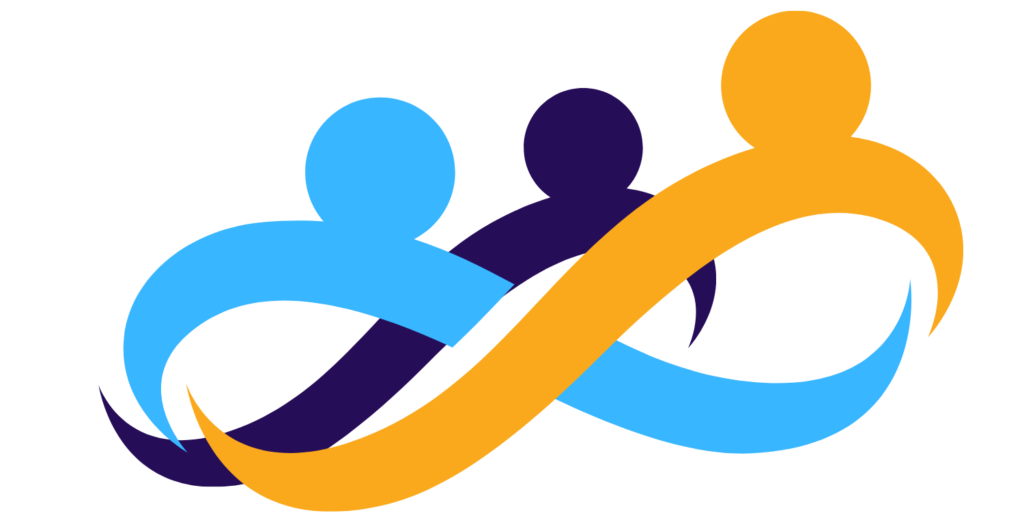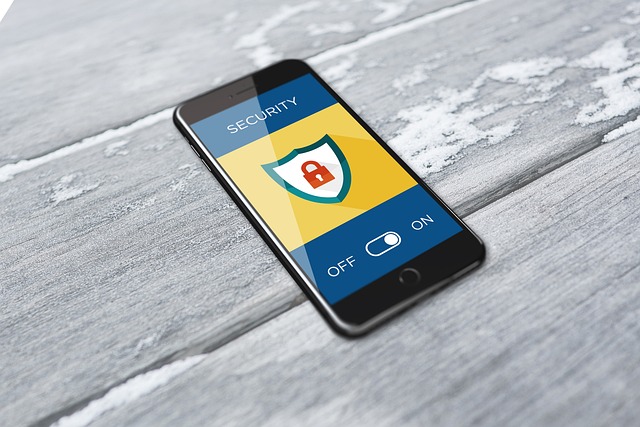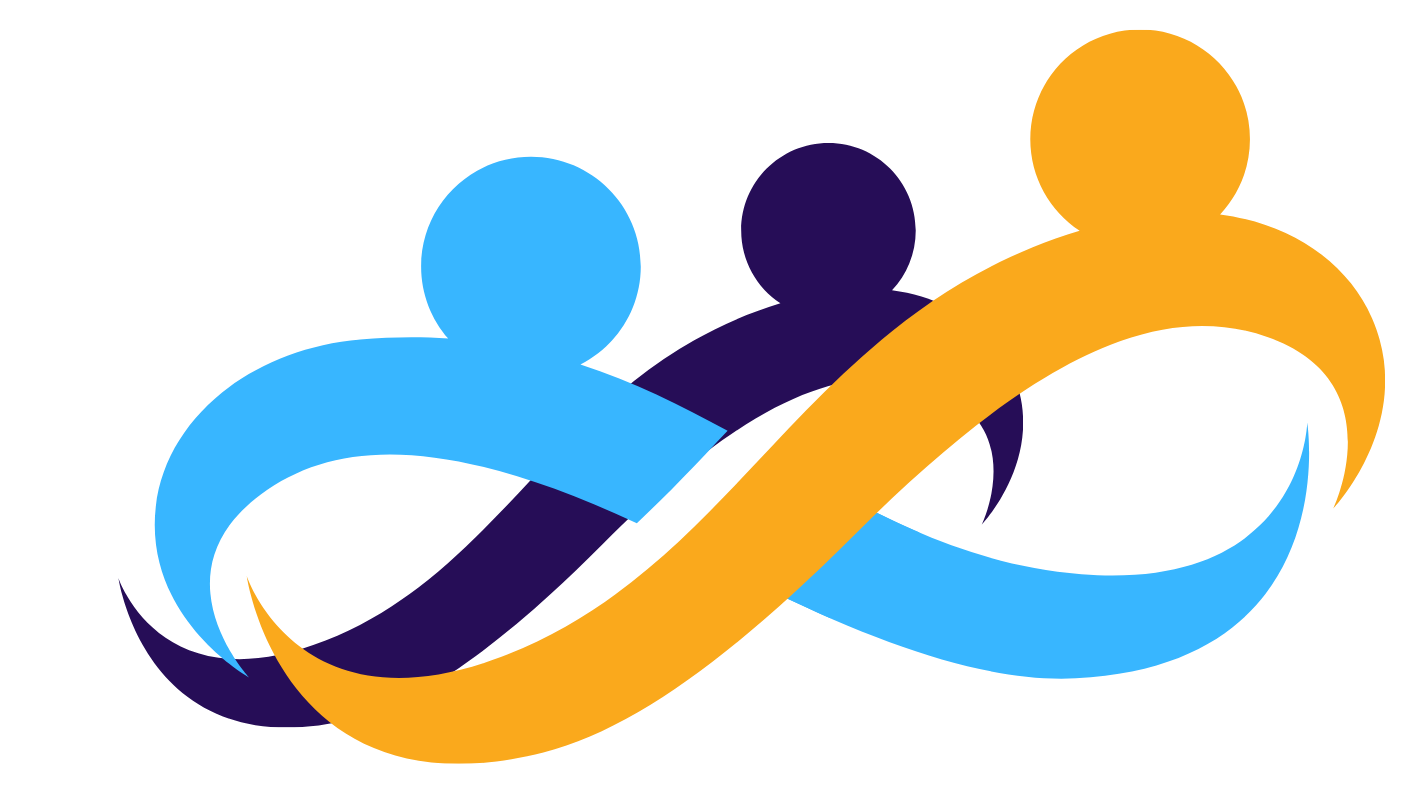Protecting yourself and your data from cyber threats is an increasingly important part of keeping your digital life safe. As technology advances and cybercriminals become more sophisticated, understanding the most common threats to cyber security is essential. In this blog post, we’ll be exploring the top 5 threats to cyber security and how to protect yourself from them.
Must learn from this post here’s a good guide for you: Where to install security cameras- Combo Guide!
1) Malware
One of the most common threats to web security and information security is malware. Malware is malicious software designed to infect systems, steal data, or cause harm in some other way.
Here are common types of malware include:
viruses, worms, Trojan horses, spyware, ransomware, and adware. These malicious programs can be installed on computers, phones, or networks, and they can cause a variety of issues, including system crashes, stolen data, and disruption of normal operations. Malware is often spread through email attachments, instant messages, or links in emails and on websites. Therefore, it is important to ensure that all computer systems are properly protected with anti-malware solutions and security patches to minimize the risk of infection.
2) Phishing
Phishing is one of the most common threats to information, computer, IT, web, and cyber security. It is a type of cyber-attack where criminals attempt to obtain personal or sensitive information such as usernames, passwords, and credit card details by pretending to be a trustworthy entity in an electronic communication. They typically use fraudulent emails or websites that appear to come from legitimate sources in order to trick unsuspecting victims into providing personal information or clicking malicious links.
The attackers often use psychological tactics such as creating a sense of urgency or offering a reward in order to get the victim to comply. It can also be used to spread malware or steal data. It is important to note that phishing attacks are not limited to email; they can also take place on social media, online forums, text messages, and even phone calls.
To protect yourself against phishing attacks, it is essential to remain vigilant when browsing the web or reading emails. Look for any signs of suspicious activity, such as odd requests for information or misspelled words. If you receive an email from a suspicious sender, do not click any links or download attachments without verifying the source first. Additionally, be sure to use a reliable antivirus program and update your operating system regularly to reduce the risk of being targeted by phishing attacks.
3) SQL Injection
SQL injection is one of the most serious threats to computer security. It is a type of attack in which malicious code is injected into an application, allowing attackers to gain access to or manipulate the underlying data. Through SQL injection, attackers can gain access to sensitive information such as passwords, usernames, credit card numbers, and more.
The threat of SQL injection is particularly concerning as it can be used to launch other attacks such as stealing data, deleting data, and executing commands on a server. It is also possible for attackers to bypass authentication mechanisms, allowing them to access areas of a system that should be restricted.
To protect against this type of threat, web developers must ensure that all user input is validated and sanitized before it is used in a query. It is also important to have a secure coding policy in place and ensure that all databases are regularly backed up and monitored for any suspicious activity. With these measures in place, organizations can minimize their risk from this type of attack and better protect their information security.
4) Denial of Service
Denial of Service (DoS) is one of the most common and dangerous risks to cyber security. It occurs when malicious actors flood a target system with requests, overwhelming it and making it inaccessible. This can be done through a variety of methods such as Distributed Denial of Service (DDoS), which uses multiple compromised systems to launch an attack. DoS attacks can disrupt businesses, organizations, and even whole countries by temporarily shutting down critical services.
DoS attacks are one of the most serious threats to information security, as they can be used to take down websites, disable applications, and even cause physical damage to devices. Furthermore, these attacks are often difficult to detect and mitigate since they can come from various sources. As such, businesses must have robust cybersecurity measures in place to protect against DoS attacks. These can include rate limiting, traffic filtering, and anti-DDoS solutions.
5) Social Engineering
Social engineering is a type of cyber-attack that is used to gain access to sensitive information or systems. It is one of the most common threats to information security, and it is particularly difficult to protect against. Social engineering takes advantage of human nature to manipulate individuals into divulging confidential data or giving unauthorized access to protected networks. The attackers may use a variety of tactics such as masquerading as a legitimate entity, creating a sense of urgency, or simply asking for confidential information. They often use deception and psychological manipulation to trick victims into revealing passwords, credit card numbers, or other sensitive data. These attacks can be used to gain access to financial systems, steal identities, or take control of entire networks. As such, social engineering is one of the major threats to IT security and must be taken seriously by organizations.
Conclusion
In this post, we discussed in detail the threats to cybersecurity. To live in this digital era we need to protect ourselves from threats. Attackers can easily steal your social data. So, be careful to live in this digital age. Hope this post will help you to protect yourself please share below your thoughts in the comment section.






